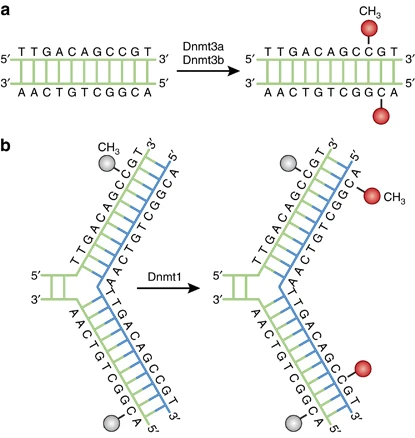As the calendar turns to 2025, we at Ikare are taking a moment to reflect on an incredible year filled with achievements, challenges, and transformative lessons. 2024 was a pivotal year for us, setting the foundation for an even more ambitious future. Let’s revisit the highlights of the past year and explore the exciting goals we’ve set for 2025.
2024: A Year of Milestones and Growth
1. Launching Ikare.Health: A Journey of Transformation
This year, we brought Ikare.health to life and helped 30 patients live longer and healthier lives. It was an exhilarating ride, but not without its hurdles.
We faced the complexity of balancing affordability with quality, realizing that some patients struggled to prioritize their health financially and effort-wise. Meanwhile, doctors had their own established practices, which often conflicted with the standardized system we aim to build for scalability.
These challenges taught us invaluable lessons about tailoring our services to the right patients and refining our approach to achieve our ultimate goal: creating an affordable longevity system for the 3 billion people over 40 worldwide. A huge thank you to the patients, doctors, and coaches who embarked on this journey with us—you were integral to shaping Ikare’s future.
2. Growing the Ikare Longevity Community
The Ikare Longevity Community blossomed in 2024, growing to 754 members. This is the first community dedicated to living 100+ years in good health. More than just a group, it’s a collective of action-takers who are making longevity a reality in their lives.
3. Hosting 16 Ikare Longevity Workshops
We hosted 16 workshops, featuring keynote speakers with expertise ranging from fitness to cardiovascular health. Each workshop was designed to deliver practical, actionable insights that attendees could implement immediately. The feedback has been overwhelmingly positive, and we’re thrilled to see the tangible impact these events have had.
4. Supporting Longevity Startups
In 2024, we were proud to help three cutting-edge startups secure funding:
• Starkage Therapeutics (senolytics)
• Vincere Biosciences (mitochondria rejuvenation)
• Ikare (online concierge medicine)
These startups are driving the future of longevity science, and we’re honored to be part of their journeys. Additionally, over 38 longevity startups pitched to investors through the 2060 Longevity Investment Club, showcasing the vibrant innovation in this field.
5. Establishing the “2060 Longevity Investment Club“
We launched the 2060 Longevity Investment Club, welcoming our first 12 members. The club is dedicated to investing in the biotechnologies of tomorrow. As the first generation capable of achieving Longevity Escape Velocity, we must act now to accelerate R&D and crack the code to extending human life.
2025: Scaling Impact and Shaping the Future
Armed with the lessons of 2024, we’re entering 2025 with renewed focus and ambitious goals. Here’s what we’re aiming to achieve:
1. Scaling Ikare.Health: Helping 300 Patients
We plan to grow our impact tenfold by helping 300 patients live longer, healthier lives through Ikare’s concierge medicine service. By refining our offerings and focusing on individuals committed to their health, we’ll deliver even greater results and build on our successes.
2. Investing in 10 Promising Longevity Startups
Through the 2060 Longevity Investment Club, we aim to invest in the 10 most promising longevity startups worldwide. These companies represent the cutting edge of science and technology, and our support will help accelerate their progress toward groundbreaking solutions.
3. Launching the “2060 Longevity Forum“
In 2025, we’re thrilled to introduce the 2060 Longevity Forum, to be held in Aix-en-Provence, South of France—a region known for its longevity-friendly lifestyle.

This event will be the World Economic Forum of Longevity, bringing together global leaders, innovators, and visionaries to shape the future of health and aging.
Looking Ahead: Building the Future Together
2024 was a transformative year for Ikare, filled with both triumphs and invaluable lessons. As we set our sights on 2025, we’re ready to scale our efforts, support groundbreaking innovation, and bring the longevity movement to new heights.
Join us as we continue this journey to redefine what’s possible for health and human potential. Together, we can create a world where living 100+ years in good health is not just a dream, but a reality.
Here’s to a transformative year ahead!
Gabriel Cian
Founder, HS100.co













